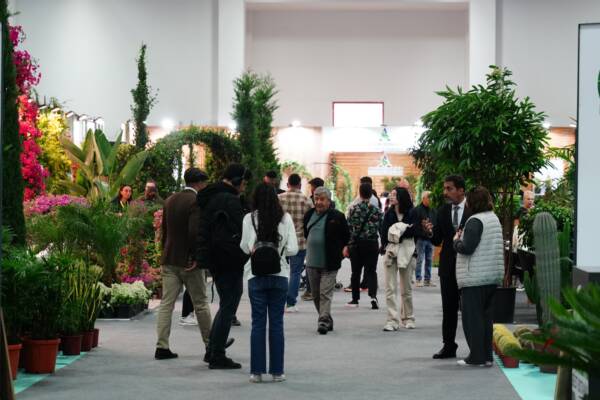Research into the use of nature to cool cities may be constrained by a predominant Western focus. This limitation has led to a lack of data on the appropriateness of interventions in various climates, contexts, and urban settings. This paper explores ways to achieve effective and equitable cooling with a global perspective on the current evidence. It portrays the opportunities and limitations in both practice and research. Examples such as the performance of the London Plane tree in Australia demonstrate how a green intervention may be effective in the UK, but due to the tree’s tendency to lose its leaves in a heatwave make it a comparatively poor choice for Melbourne, Australia. To achieve cooling for residents, it is vital that the many different dimensions of urban green space are considered. For plants, this includes species selection, soil water availability, irrigation and street orientation. Other significant factors to consider are social behaviours, architectural design, ecosystem functions, and long-term sustainability.
To understand how nature-based solutions would function in a specific urban environment, urban planning and green space designs need to consider the social thread woven into the urban fabric of the area. Local knowledge and social traditions inform how a new green space would be used, how changes to spaces could be achieved and the long-term success. To achieve this understanding, this paper advocates for collaboration with social and arts-based experts to assist other professionals in engaging with detailed and context-specific practices. Particularly because these practices vary between areas, countries and communities, and can be in contrast with how green space use may be advocated in Western-focused research.
The authors illustrate three actions that policymakers, researchers and practitioners need to consider to further the effective and equitable use of nature to cool cities:
- enabling dialogue between different sectors with multiple remits;
- including diverse knowledge systems in planning and governance processes;
- and investing in long-term stewardship for the climatological and societal conditions of the coming decades.
Urban greening offers many benefits to cities, including health, wellbeing and societal value alongside resilience to extreme heat events. The use of green infrastructure can be successful in cooling a city when different experts, departments and approaches are developed in harmony. However, heat adaptable through nature solutions must be considered in addition to rapid and sustained emissions reduction.
Read the full article Nature can cool cities, but proceed with caution | Urban Transformations | Full Text (biomedcentral.com)
Summary by Francesca Boyd
Article by Mabon et al. 2023 in Urban Transformations



















